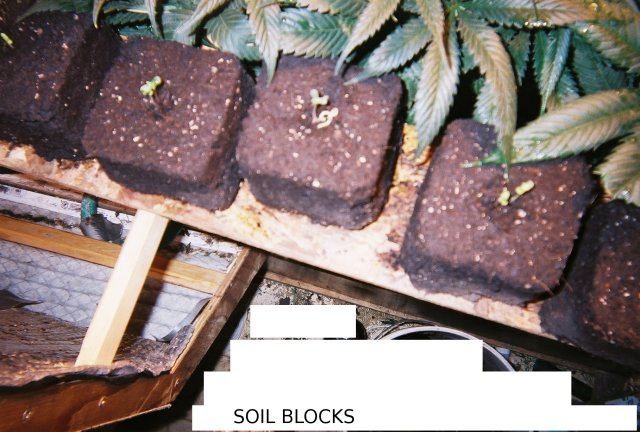I lived under coastal live oaks for 30 years, mulched w/ oak leaves, had a chipper that could take 2" diameter branches and worked 2 compost heaps. I must agree that the assertion about wood chips (undecomposed or not) is a bit hard to swallow (pun intended.)
We already know that raw wood acts as an N magnet until broken down. Depending upon the C/N ratio of the wood, the grid size of the chips and the application (ie intensive composting, mulching, laying in a pile weathering) it can take anywhere from a few months to several years before fresh cut wood becomes bacteria friendly. A large redwood that falls onto a forest floor that's teaming w/ microbial life can take 500 years+ to decompose. The juglone found in undecomposed walnut (there's a lot of old growth walnut in our area), is downright deadly to plant life until it leaches out into the ground and you don't want to plant into the soil it leached into for at least a year.
While holding up a bag and claiming that wood chips are all that one needs to introduce mycos into their soil may be good for livening up a talk, the dramatic effect backfired in this instance.
_________________________________
Cervantes, Rosenthal, and Frank's books all have erroneous info in them. According to Cervantes, growers should be able to frame out a room, panda wrap it, add a new breaker, run 220 electric, mount ballasts, lights and timers, hang an intake/exhaust system, set-up platforms and be dialed in and ready to go within a week. I was about 2 or 3 weeks into my first indoor build when I stopped believing in Jorge.
__________________________________
Caveat/s to my last post, (fermentation/faculative organisms)
- fermentation is an adjunct to my nute program not it's centerpiece
- it's an experiment in progress-
not a solution. In fact, the organic chemistry underlying the interplay of fermentation and the microbial loop is so dense and complex, (ie what's being eaten? who's digesting whom? what's being excreted? at what O2 level and in what strata of the vat? at what temp? in what period of the fermentation cycle? at what sugar content? yeast content? microbial count?), trying to quantify the process apart from the controlled environment of a laboratory is next to impossible. I've found what I believe to be a sweet spot for the multiple processes. Using smell as a guide, I've been able to maintain activity for 3-4 weeks w/ none of the anaerobic funk associated w/ bad crobes taking over the show at the sedentary bottom simply by adjusting yeast and sugar levels. But that's about it.
- the visible improvement in the growing culture and the apparent disappearance of insects could be the result of many factors other than the use of fermented fert reductions
: 1) increased levels of CO2 from fermentation 2) d-
limonene bleed into solution from oranges and systemic uptake, 3) other nute program changes- major increase in chitin and addition of some new mined mineral products, ie silica, increased Ca
For all I know, fermenting my own ferts could just be a temporary phase that I'm going through. :drunk Interesting stuff to work with, however, and the plants haven't rebelled thus far.







